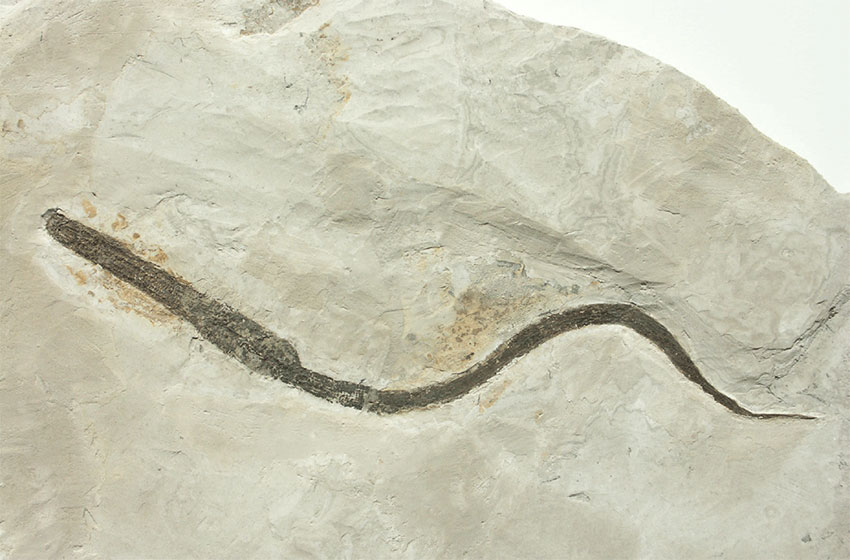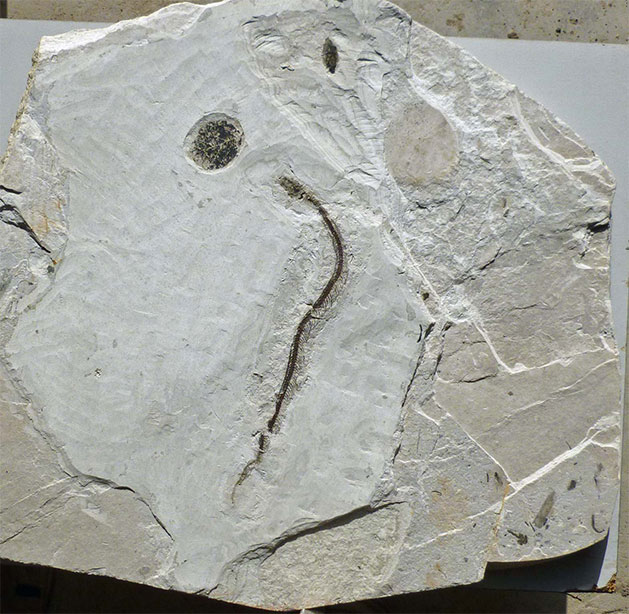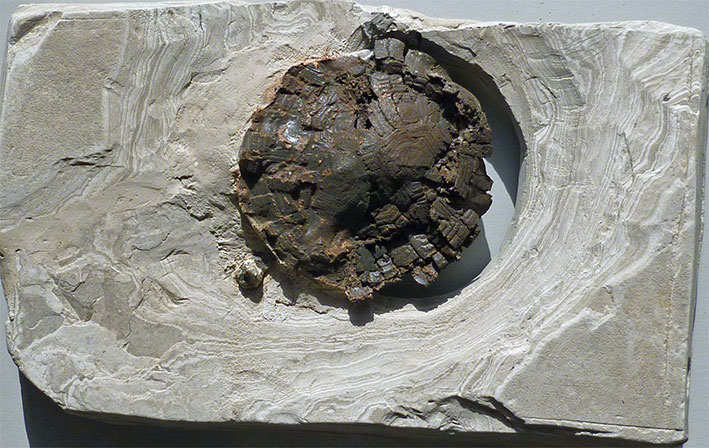The Neogene of the Ardèche was marked by a forest environment and a subtropical climate. The flora and fauna are abundant in the Coiron diatomites (Miocène, 8 M.y) and associate temperate, mediterranean and tropical species.
Diatomites from the Coiron
Diatomite is a rock formed of microscopic algae, diatoms. It is an inert, absorbent material that stop chemical reactions. Living beings that have been stuck did not decompose nor transform.
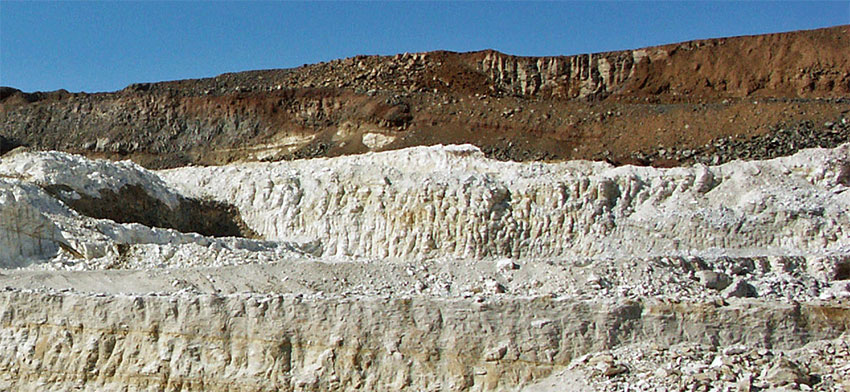
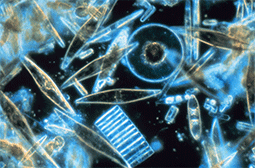
The diatomite and its usings
France is the second producer after the USA. The site exploited in the Ardèche is the most important in Europe.
Diatomite, siliceous rock, with up to 70% water, is inert and absorbent. Once extracted, it is dried, purified by different treatments (heat).
It is used to filter foodstuffs (beer, wine, oils, etc.), to absorb fatty and wet substances, to thicken paints, to polish (soft abrasive for car bodyworks, cosmetic scrubs), etc.
Mammals
Hipparion, ancestor of the horse, was in average 1m30 at the withers. Like its own ancestors, it presented 3 fingers whose median much more developed. This specimen is very seldom because it is a female with a foetus inside.
Gazelles are ruminant mammals of the bovidae family. Their legs are tiny, their horns long and arched. The gazelles descend from Eotragus appeared in the middle Miocene about 15 to 17 M.a In the genus Graecoryx, the male has much more robust horns than the female (sexual dimorphism).
Microstonyx is a member of the wild boars and warthogs family (Suidae). This genus is common in the Upper Miocene faunas of south-eastern Europe and China. The species discovered in Ardèche belongs to a very large animal population with adults weighing up to 450 kg. In the Upper Miocene there are at least 15 kinds of Suidae

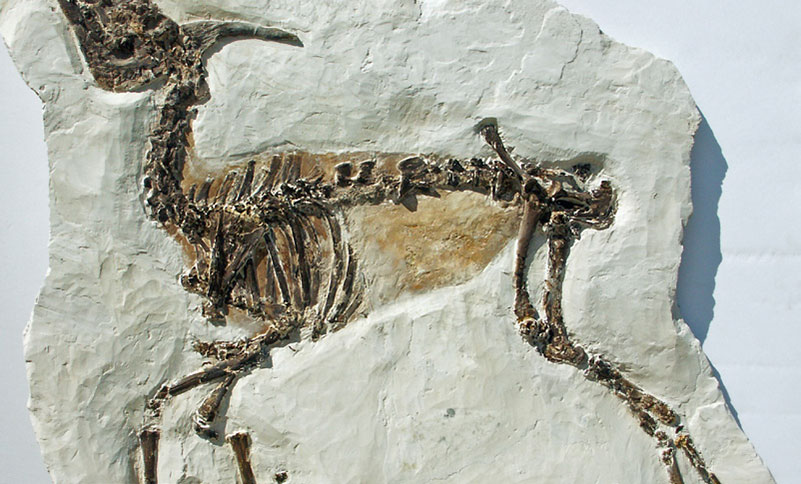
Antelope_Muséum de l’Ardèche
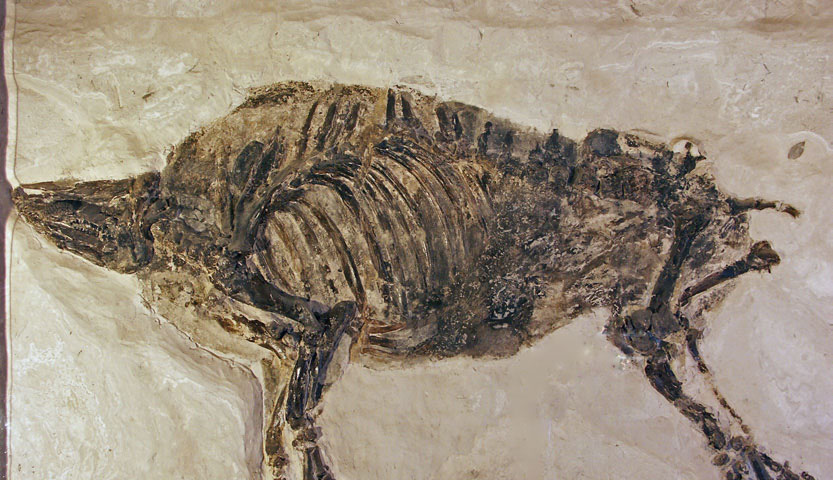
Leaves
Fallen in the mud of a lake and immediately covered, numerous leaves have been found in this site.. Due to their recent datation (8 M.y), it is possible to identify them at first glance.
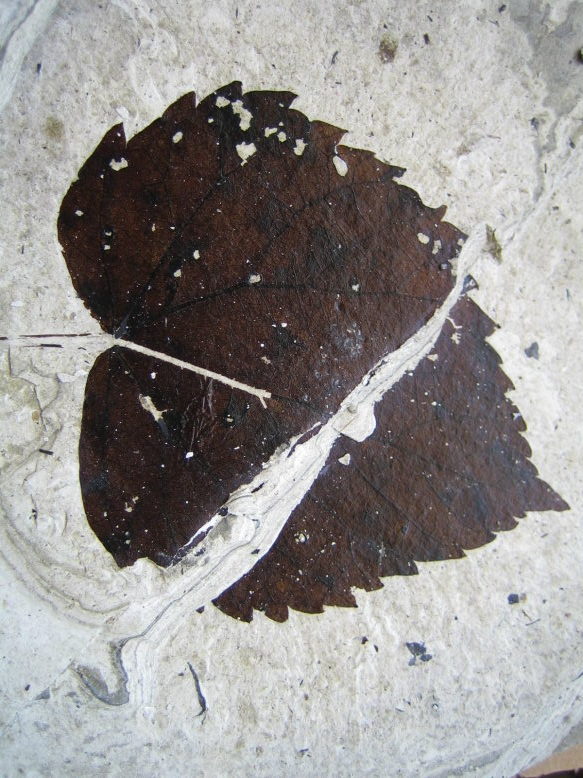


The chestnut tree
Symbol of the Ardèche, the chestnut tree belongs to the same family than oak (Fagacea). Their common origin is probably the Cretaceous (around 100 M.y) The genus Castanea, abundant in the fossiliferous deposits of Ardeche, did not resist to quaternary glaciations.
In 1994, Bernard Riou discovered the oldest chestnut of France in this site, clearly visible on the negative print. In 1995, a DNA sequence, absolutely comparable to the current chestnut one, has been discovered by a team of scientists.
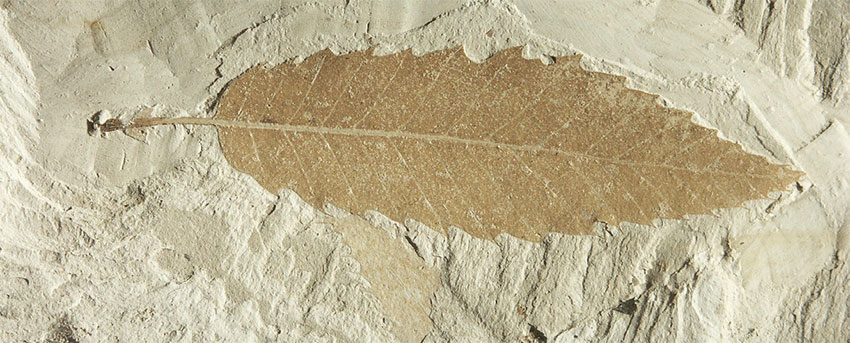

Fishes
Sheatfishes, chubs, barbels and daces were present 8 million years ago in Ardèche. They disappeared from our lakes during glaciations then came back with modern forms 10 000 years ago.
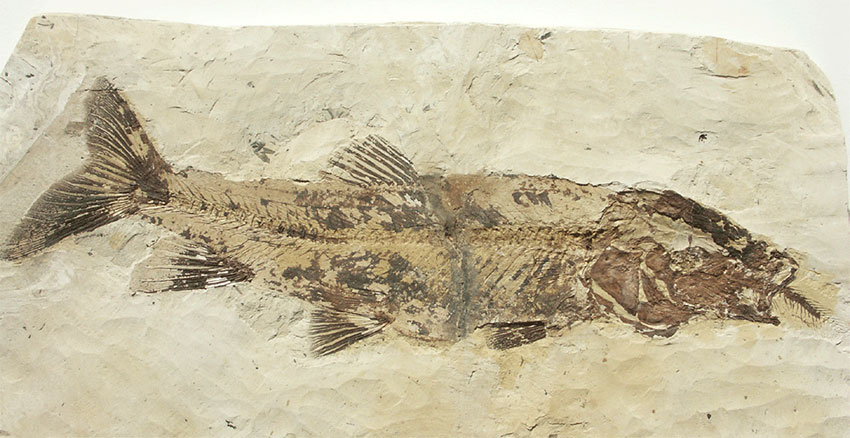
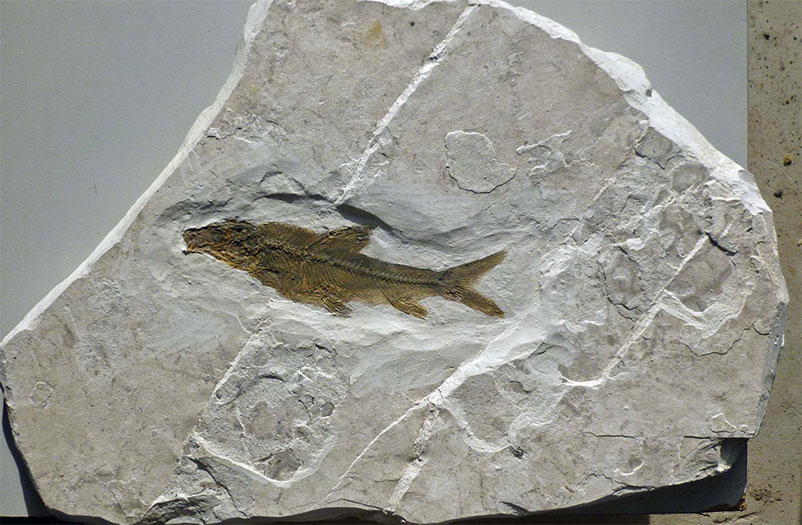
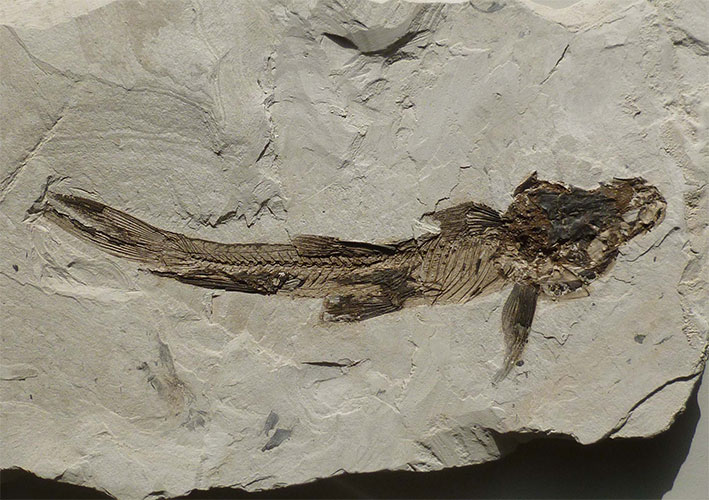
Insects
The diversity of diatomites insects gives ecological and climatic precisions. Three orders dominate: Hymenoptera, Coleoptera and Isoptera. All attest to a forest environment and some ones to the sub-tropical climate, such as termites Macrotermes and cicadas Miocenoprasia.
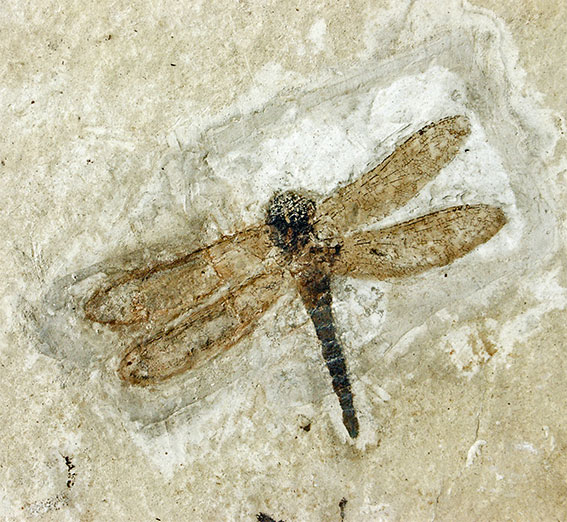

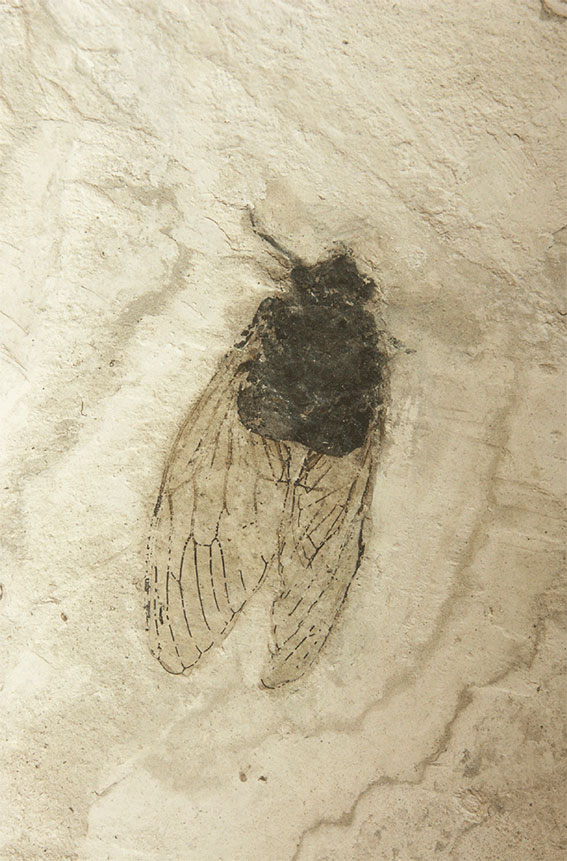
« Reptiles »
Snakes are close to current families of vipers and of smooth snakes. It’s difficult to identify precisely species because of their compressed bones. Two terrestrial turtles found are preserved only by their overwritten shells. The without leg lizards, known by a single large specimen, were similar to the current blindworms.
